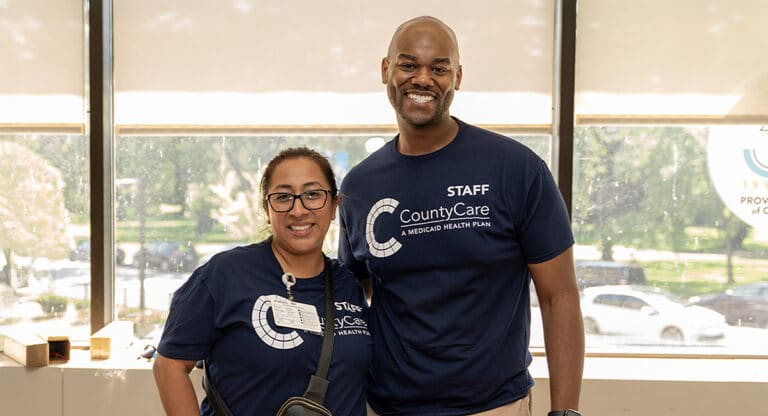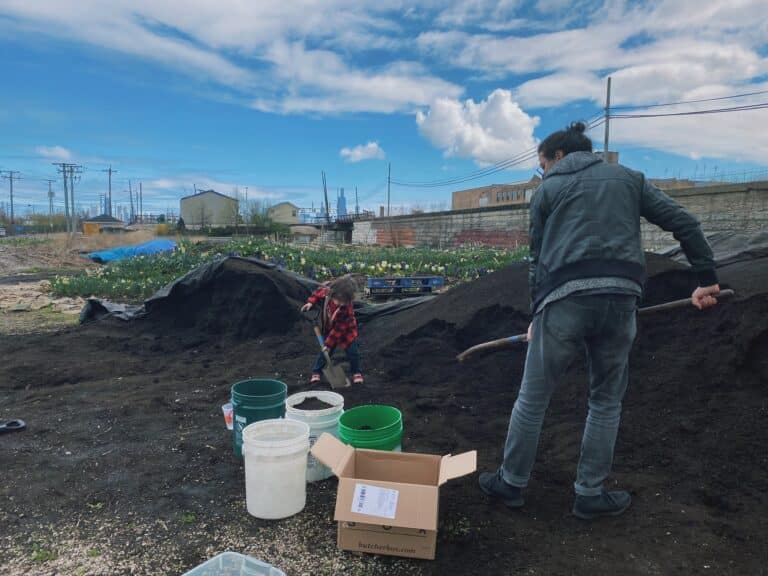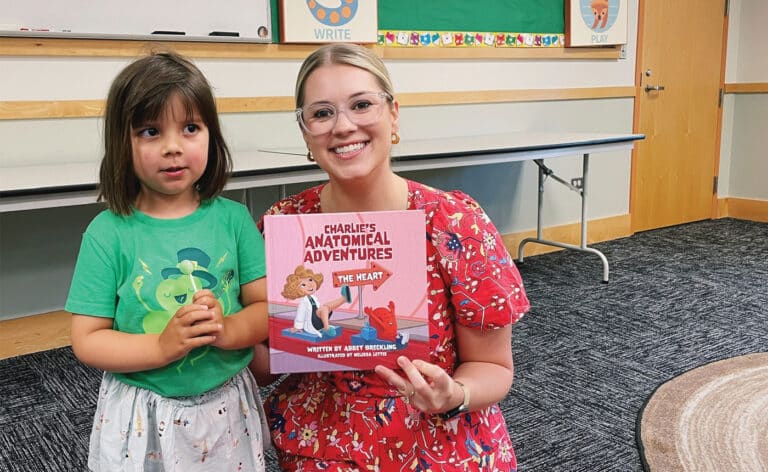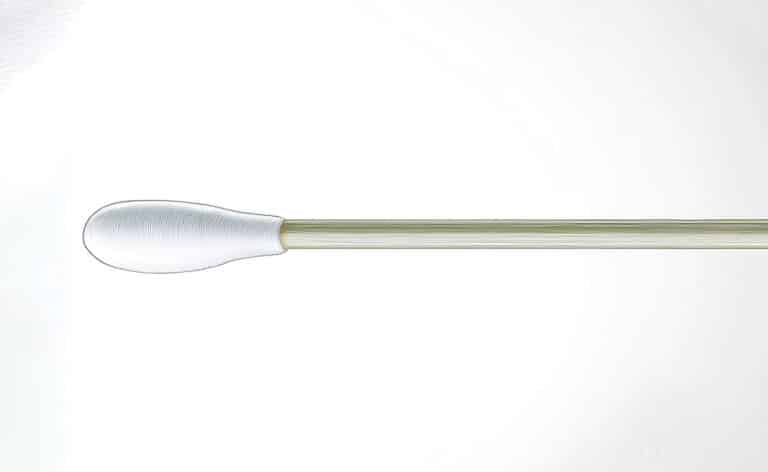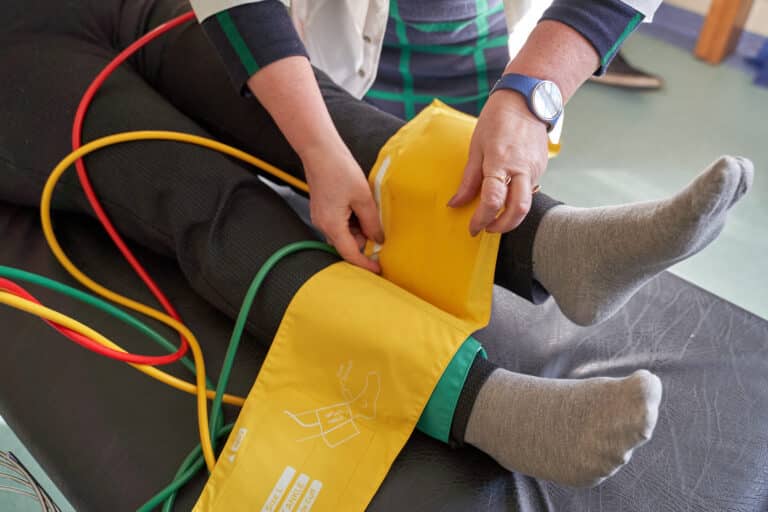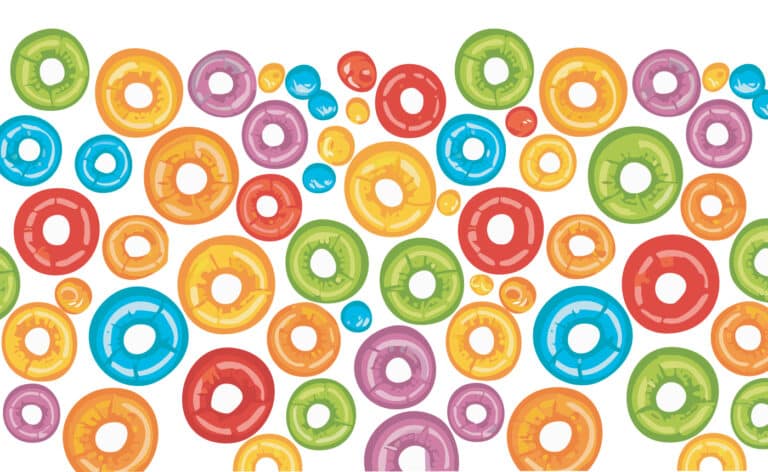Illinois looks nothing like it did 150 years ago and beyond. Only .01% of the Prairie State’s prairies remain.
People, however, can reclaim some of that prairie land — and the insects and wildlife that rely on it — in their yard. “They can be these little repositories to our shrinking natural areas,” says Mary Fortmann, landscape ecologist with non-profit conservation organization Openlands. “Native gardens support biodiversity, support valuable ecosystems.”
Just keep in mind that native gardens differ from pollinator gardens. “Lots of bees are pollinators, but they’re not all native,” Fortmann says. “The native pollinators are what’s so critical and what we’re losing.”
Native gardens benefit people and planet, with plants that have adapted to a specific region — its wildlife, as well as its climate and landscape — over thousands of years.
Health scientist and honey bee veterinarian Elizabeth Hilborn, DVM, is a researcher with the Environmental Protection Agency. She calls native gardens “the supportive framework for our beloved and helpful wildlife. Native plants feed caterpillars, which are the primary food of baby birds. They support our native soil-producing and composting insects like beetles and ants.”
Hilborn speaks from her experience not only as a scientist, but a farmer. Her new book, Restoring Eden, traces a mystery on her family farm in North Carolina: the rapid disappearance in 2017 of frogs, bats, birds, and bees. Her hunt for answers highlighted the gravity of nature’s degradation. Native gardens, she says, “support pollinating insects that are responsible for over 30% of the foods we eat, as well as ensuring about 75% of flowering plants, including trees, in North America can set seed and reproduce.”
In the Chicago area, the roots of prairie plants, dive deep beneath the soil, stabilizing the land against floods and soaking up water from deep underground during droughts. These plants sustain local ecosystems, feed the insects and birds that protect crops from disease, and nourish people, too.
“In some Native languages, the term for plants translates to ‘those who take care of us,’” writes Robin Wall Kimmerer, a scientist, member of the Citizen Potawatomi Nation, and author of Braiding Sweetgrass.
And taking care translates to medicine, too. Native people have used the region’s plants for medicinal purposes for thousands of years. More recently, scientists have found that the American mayapple — native to the Chicago region — contains a necessary ingredient for some cancer-fighting drugs.
The living world clearly supports humans’ well being, Hilborn says. “Local environments (green spaces) that include trees, flowers, and plants have been shown in scientific studies to be associated with measurable health benefits. Well-managed native gardens that provide habitat to support iconic creatures such as butterflies and fireflies also provide us beauty and elicit feelings of wonder. We could all use more beauty and wonder in our lives.”
To start your own native garden, consider the following tips:
1). Research plants that are native to your area. Search online for “native plants + your area” to find lists and photos to guide your choices. “The European and Asian plant species aren’t able to provide that critical food source and habitat for the majority of our wildlife in the Chicago region. Most insects are specialists, so they have to have plants that they coevolved with,” Fortmann says.
2). Source your plants locally. Local conservation groups are a great resource, and many garden centers have native plant sections. While you can order native plants and seeds online through sites in your region, connecting locally will give you a chance to talk with people to learn more about what you’re trying to grow. Just be aware of how the plants were grown before reaching your hands. “Select pesticide-free plants to start a native garden,” Hilborn says. “Systemic insecticides like neonicotinoids are used to treat many nursery plants, yet these can be toxic to bees and butterflies when they feed on the nectar and pollen of treated plants.”
3). Observe your landscape. Notice throughout the day and seasons which areas of your potential garden get sun and shade. Note where water pools during rainfalls. Map your planting accordingly, with plants that match your space’s natural features.
4). Water frequently in the early months. No matter the type of plants you’re growing, they all need generous watering as they establish their roots. Pay close attention to the weather, and make sure your new plants are getting water at least every other day.
5). Use plant identifier apps on your phone. These apps use your phone’s camera to name plants you come across. Use the identification tool to make sure you’re nurturing the plants you want and controlling the weeds and other invasive species that you don’t. Fortmann also suggests that people consider planting native shrubs and trees instead of smaller plants that may be more difficult and time-consuming to keep free of weeds. Shrubs and trees, Fortmann says, are both easier to manage in the home landscape and are “the heavy lifters for wildlife and human health. Trees are carbon sequestering, air purifying, and cooling.” Oaks — the region’s keystone species — support more than 500 species of Lepidoptera (butterflies and moths) alone.
6). Expect native plant leaves to develop holes and missing chunks. This means the plant is doing its job to feed wildlife, Hilborn says. “Caterpillars will eat leaves. Birds will eat seeds. Insects will roll leaves up to make homes for their young.” However, she adds, avoid spraying flowering plants. “Flowers are attractive to wildlife, and the pesticides can hurt them.”
Fortmann is dedicated to protecting the Chicago region’s native plants and animals. She says she sees the young oaks and hickories she’s planted as her legacy. “These trees are for future people and wildlife that will live on this land long after I’m gone,” she says.
Fortmann recalls seeing mature oaks in the area and thinking of the people who stewarded the land hundreds of years ago, how their choices continue to affect lives today.
“I do this for a profession because it’s my passion. If we can’t do a better job stewarding our land, it doesn’t bode well for our species,” she says.
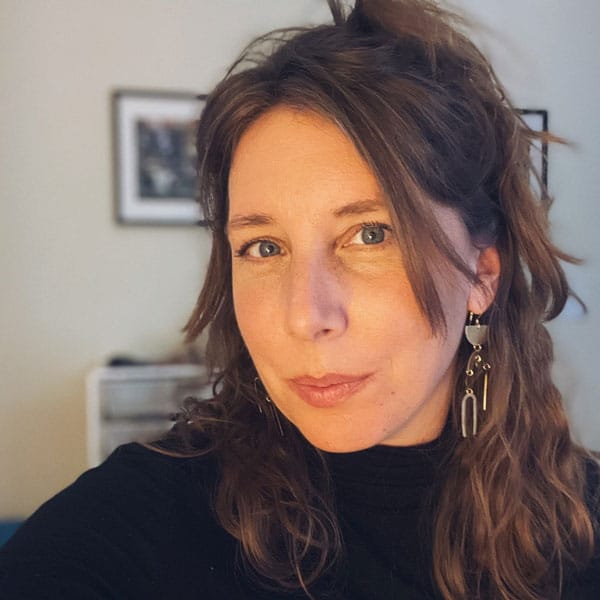
An award-winning journalist, Katie has written for Chicago Health since 2016 and currently serves as Editor-in-Chief.


